As a bankruptcy lawyer, I spend most of my workday helping my clients file for bankruptcy protection. But bankruptcy isn’t the only solution to all debt issues, and may not even be the right one.
For anyone struggling with debt, I suggest you follow these three broad steps:
“Debt Relief”
Prioritize your debts by their seriousness,
Protect yourself by learning how the debt collection process really works, and
Talk to a professional who can help you understand your legal options.
Step one - prioritizing your debts - starts with making a list of all of your debts and their approximate current balances. Ideally, you’ll also be able to find your interest rates. Then, group them into two broad categories: high priority and low priority. High-priority debts include mortgages, car loans or leases, rent payments, child support payments, and any debts where there is a court order or court judgment requiring payment. Not paying high-priority debts can result in problems like eviction, foreclosure, losing your car, or being subjected to a wage garnishment or bank levy. Low-priority debts includes things like credit card balances, medical debts, debts owed to friends or relatives. Taxes and student loans can fall into either category, depending on the collection status. If you have many debts, prioritizing them further can help but may require assistance, such as from a non-profit credit counseling company.
Step two - learning more about debt collection - is also critical. There are many myths about debt collection and what exactly a creditor can do to force you to pay a bill. The more you understand about this, the better equipped you will be to decide which debts to pay first and how best to cope with demands for payment.
Step three - talking to a professional - doesn’t necessarily have to cost you anything. I offer free consultations by phone to provide information about non-profit credit counseling options as well as bankruptcy solutions. I can also help with steps one and two so you are better equipped to deal with your debts.
Why take these steps? Because they are a proven way to more quickly get yourself out of debt. If that’s your goal, take the time to work through them and they’ll help you get to the debt-free finish line faster than you might expect. If you need help, feel free to contact my office for more information.
Image credit: CafeCredit

